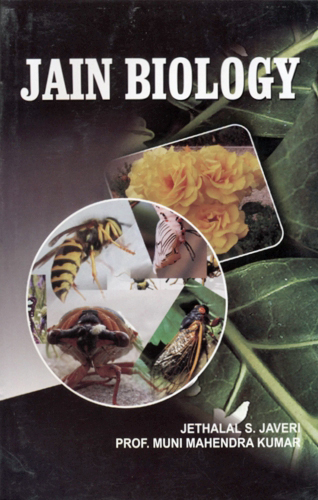Reproduction is one of the chief characteristics of both plants and animals. It is one of those terms easily understood, but hard to define. When an animal or plant, is produced which is a numerically different individual from the parent or parents from which it originated, reproduction can be said to have taken place. More precisely, reproduction is the ability of living organisms to produce new organisms identical with themselves. In this context, a living organism means either an individual or a part but not at the molecular level. (Reproduction at the molecular level is known as replication). Reproduction also implies the transmission to the offspring of a code which will enable it to reproduce itself with precision in its turn.
When reproduction involves production of specialized cells which usually fuse as a prelude to the development of a new individual, such specialized cells are called gametes and the type of reproduction as SEXUAL or gametic. Reproduction without the involvement of gametes is called ASEXUAL or vegetative. It should be noted that while botanists restrict the term asexual to mean reproduction by means of spores, zoologists use the term to mean any method other than sexual. Generally speaking, asexual reproduction is characteristic of evolutionarily primitive organisms and sexual reproduction of those highly evolved. The reason for this will be explained in due course; for the present, let us review the various types of reproduction met with in plants as well as animals.
 Jethalal S. Zaveri
Jethalal S. Zaveri
 Prof. Muni Mahendra Kumar
Prof. Muni Mahendra Kumar

